US and China to hold first NUCLEAR arms control talks in years after Beijing surged warhead production and Washington announced new bomb 24 times more powerful than Hiroshima
China and the United States have agreed to hold nuclear arms control talks next week, the first step since the Obama administration.
Beijing announced that the two countries would hold “arms control and non-proliferation consultations” in Washington on Monday.
It came after the Pentagon last week announced plans for a devastating new nuclear weapon 24 times more powerful than the one dropped on Hiroshima in 1945.
Last month it was revealed that China has ramped up its production of nuclear warheads and is expected to double its arsenal to more than 1,000 by 2030.
The prospect of a new nuclear arms race has sparked talks between officials on both sides.
They will take place before a likely meeting between Joe Biden and Chinese President Xi Jinping at the Asia Pacific Economic Cooperation forum in San Francisco later this month.
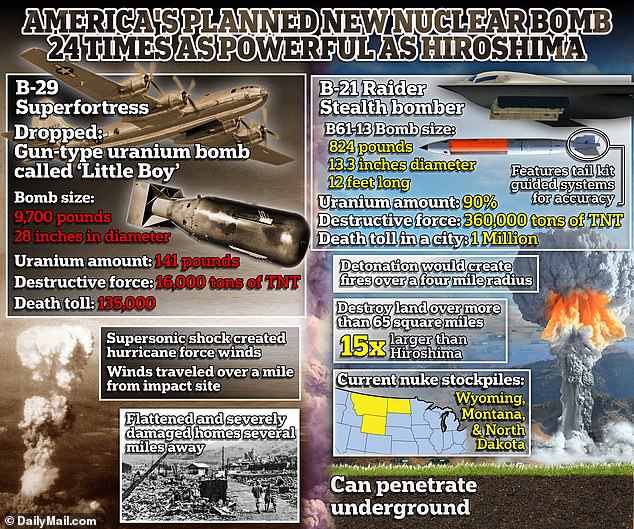
Mallory Stewart, a senior State Department official, is expected to lead nuclear talks in Washington on Monday along with Sun Xiaobo, head of the Chinese Foreign Ministry’s arms control department, the Wall Street Journal reported.
Concern is growing in Washington about the scale of China’s nuclear ambitions.
In 2021, US National Security Advisor Jake Sullivan said Biden and Xi had agreed to look at starting a “discussion on strategic stability.”
However, US officials have since expressed frustration that China has shown little interest in doing so.
The White House said the new discussions would not be formal arms reduction talks like those held with Moscow in the past.
Relations between Washington and Beijing have deteriorated since a Chinese spy balloon flew over the US in February.
They were already deteriorating due to Beijing’s aggressiveness toward Taiwan, military activities in the South China Sea, and disputes over trade and human rights.
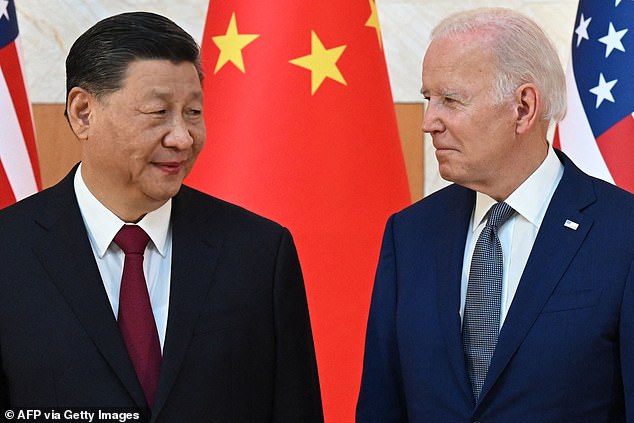
President Joe Biden (R) and Chinese President Xi Jinping (L) meet on the sidelines of the G20 summit in Nusa Dua on the Indonesian holiday island of Bali on November 14, 2022
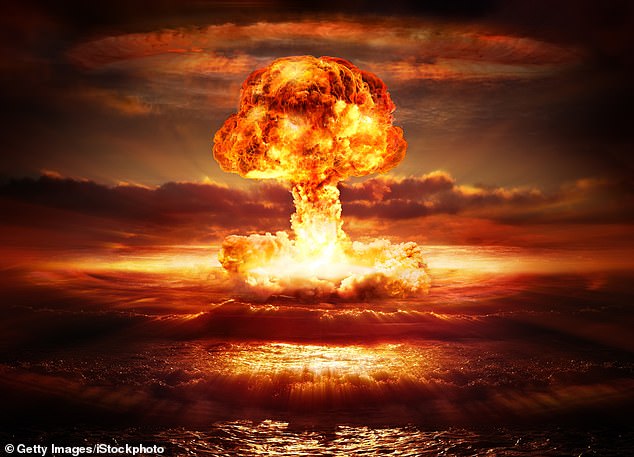
There have been no nuclear weapons talks between the US and China since the Obama presidency
Daryl Kimball, executive director of the Arms Control Association in Washington, said the new talks are likely to focus on promoting greater transparency about U.S. and Chinese doctrines on the use of nuclear weapons, and on developing more effective communications to address any future to cope with crises.
“However, I don’t think we can expect any breakthroughs in the short term,” he said. “That’s going to take time and give and take on both sides.”
Beijing has said it is committed to a “no first use” policy on nuclear weapons, meaning it would never launch a pre-emptive strike.
The US does not have a ‘no first use’ policy, which leaves open the possibility of a pre-emptive strike, but Washington says nuclear weapons would only be used in ‘extreme circumstances’.
Last week, the Pentagon announced plans for a new nuclear gravity bomb known as the B61-13.
It would be dropped from aircraft including the $692 million B-21 Raider stealth bomber, which is currently in development.
Gravity bombs are unguided, but the B61-13 will have a tail kit that will help with targeting and make it more accurate.
Defense officials said it was a response to “the growing threat from potential adversaries” and that it would “provide the President with additional options against certain tougher, broader-area military targets.”
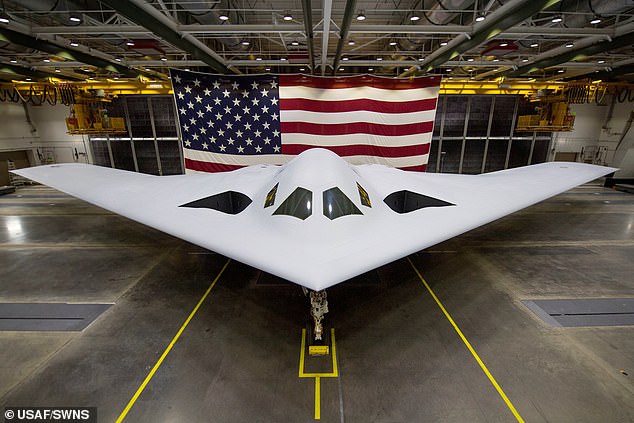
The B-21 Raider stealth bomber
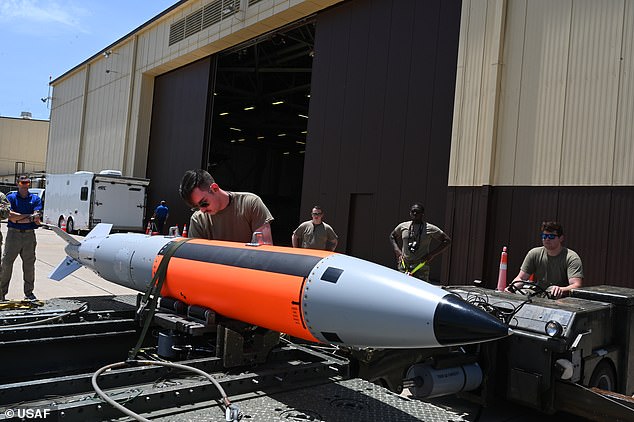
A nuclear-capable weapons delivery system
It will have a maximum yield of 360 kilotons, which is 24 times the roughly 15 kiloton yield of the bomb dropped on the Japanese city of Hiroshima on August 6, 1945.
The bomb that fell on Nagasaki three days later had a yield of about 25 kilotons.
If the new B61-13 were to fall on a city, an estimated one million people would die.
The US currently has approximately 3,700 nuclear warheads, of which 1,419 have been deployed.
Russia has a stockpile of 4,489 nuclear warheads, of which approximately 1,550 have been deployed.
China has long argued that it should be free to develop its nuclear arsenal because U.S. and Russian stockpiles are currently much larger.
Last month, the Pentagon said in its annual China Military Power Report that Beijing has already amassed at least 500 operational nuclear warheads, more than the US had previously believed.
U.S. defense officials said this “causes us great concern” and urged Beijing to “be more transparent about their nuclear buildup.”
